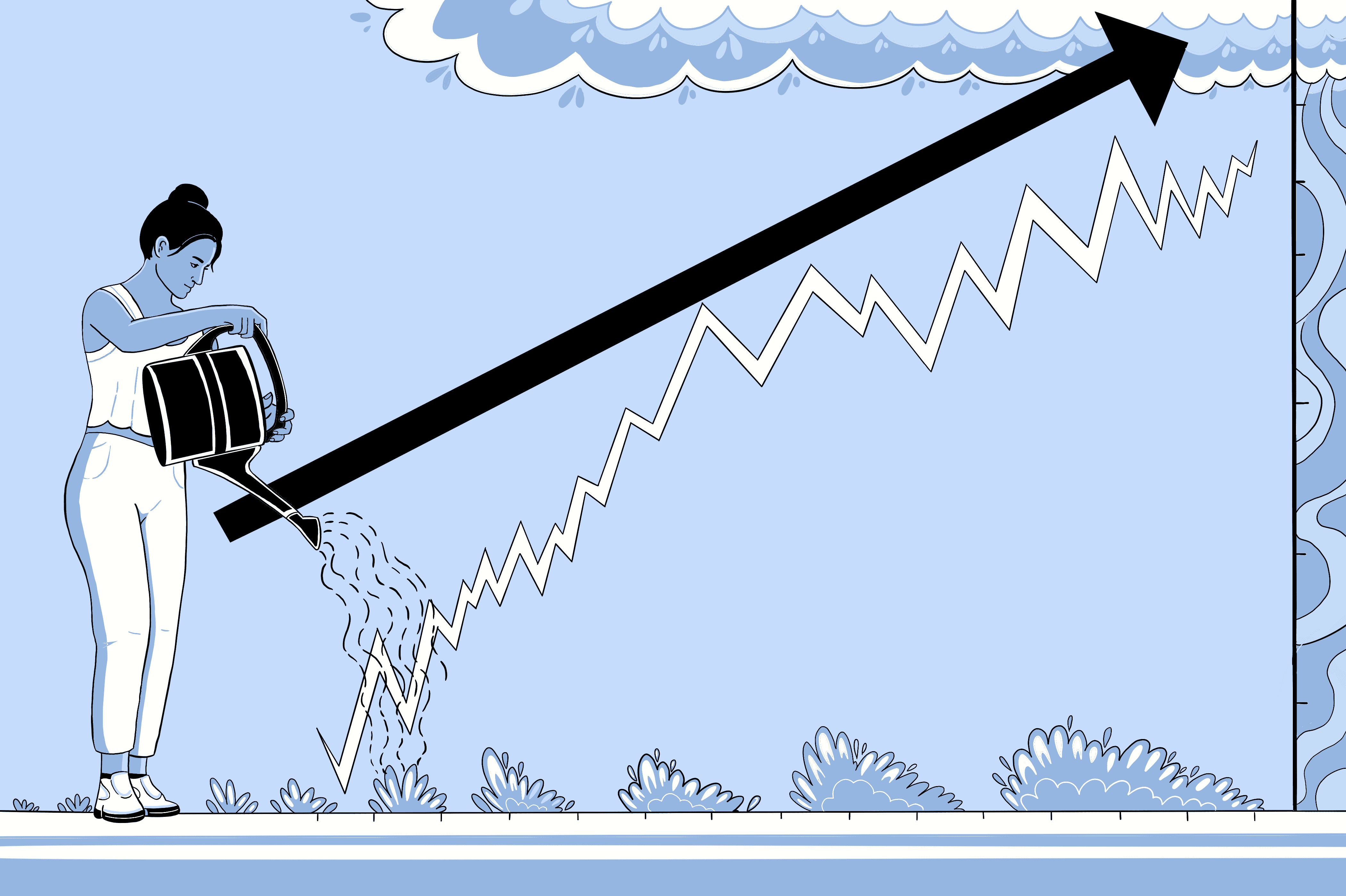It was the Harvard Business Review that first started back in 2012 that the data scientist would become the s*xiest job of the 21st century. With monstrous amounts of data now being collected about our customers and prospects, it presents the opportunity for businesses, and their marketing teams, to start crunching data to make innovative and business-changing decisions.
An example of big data happening all around us today in the UK is the installation of smart meters for real-time monitoring and analysis of energy usage.
If you think about the sheer scale and velocity of the data being generated in real-time, the need to match against a household’s energy tariff and return the resulting cost, every minute of every day, then you start to understand that this is a big undertaking for the energy companies!
However, when you think about the potential for analysis, then it could become fundamental in changing the way we consume energy.
Taking control of your data
With a data scientist at the helm, armed with the right skills and tools, they will be crunching that data and deriving insights that could transform the way energy is used in the future.
The data could be used to highlight the biggest patterns, times and causes of energy waste or the resulting data could help to create awareness campaigns that educate consumers to change their energy usage habits and become more energy conscious. (Or, if you want to be cynical, then it could just as easily be used to throttle energy usage or increase tariffs and charges during peak times to increase revenues and discourage energy use when needed.)
Another view, however, is that it could be used to create notifications, warnings, advice and guidance from the energy companies to provide a useful and great customer experience – one that could make customers less price-sensitive and more loyal!
Either way, the data analysis potential is pretty cool!
Is data science really that s*xy?
The uses of big data are countless and the need for a data scientist, analyst or number-cruncher in marketing is paramount. But despite the s*xy veneer that these PhD-educated people are effortlessly looking for artistic patterns in data and making world-changing decisions, the reality is that 80% of a data scientist’s time is actually spent cleaning and preparing data.
That leaves just 20% left for analysis, visualization and interpretation. Now, whether this is a true statistic or not remains to be proven, although it does highlight the need for clean and trustworthy data – and that part of the job is definitely not s*xy! (In fact, cleaning and preparing data is quite possibly one of the most tedious jobs I’ve ever had to do!)
However, without having the data accurately prepared, you will most likely be deriving the wrong answers from your data.
Marketers have so much data they’re not using
As marketers, we actually have the power to make business-changing decisions every day. (Of course, I would say this as a marketer myself, but marketing is by far and away from the most important part of any business.)
Without awareness and demand for your product, you don’t have a product, you can’t sell the product and the business will never succeed.
Understanding what does and doesn’t work in marketing is therefore essential to every organization.
Using all your data to understand your customers better (i.e. how they convert, where they come from, where they exist, how often they convert, and what leads them to convert) will enable you to make changes that can optimize the ROI of the business.
And the good news? Well, this data is available to pretty much every marketer already!
Your ESP has data that you’re under-using, your CRM has data that gets overlooked, your website is collecting data that sits in its own silo – and everyone has web analytics they could be utilizing more!
Then there is the external and third-party data and data enhancements that you could be used to tell you more about your market, customers, and prospects!
Marketers have so much data at their disposal, but sadly, when it’s all locked away in multiple platforms, systems, spreadsheets, external websites and databases, it is too fragmented to be used effectively and almost impossible to make sense of.
Even sadder than this is that the latest analysis at Blue Sheep, based on a review of over a thousand of our customers spanning 25 years, is that every single one showed that between 60-85% of their revenue was coming from between 15-30% of their customers.
To put that another way, in some cases, that’s just 15% of revenue coming from 85% of the customer base! (Don’t believe me? Give it a try yourself here.)
Simply identifying that 85% and ensuring that money was no longer spent on acquiring them, meant that a mobile phone provider in the UK was able to make a business-changing decision that altered the profitability of their B2B division so much that they are now the largest provider of mobile services to UK businesses.






